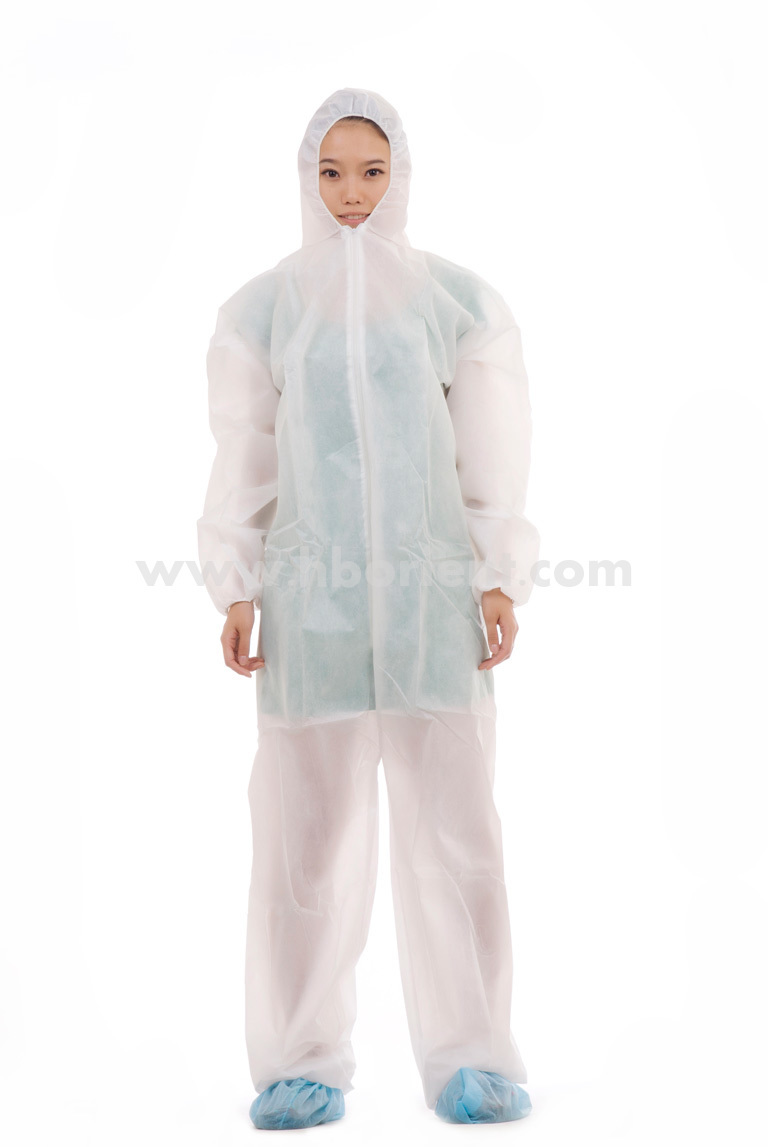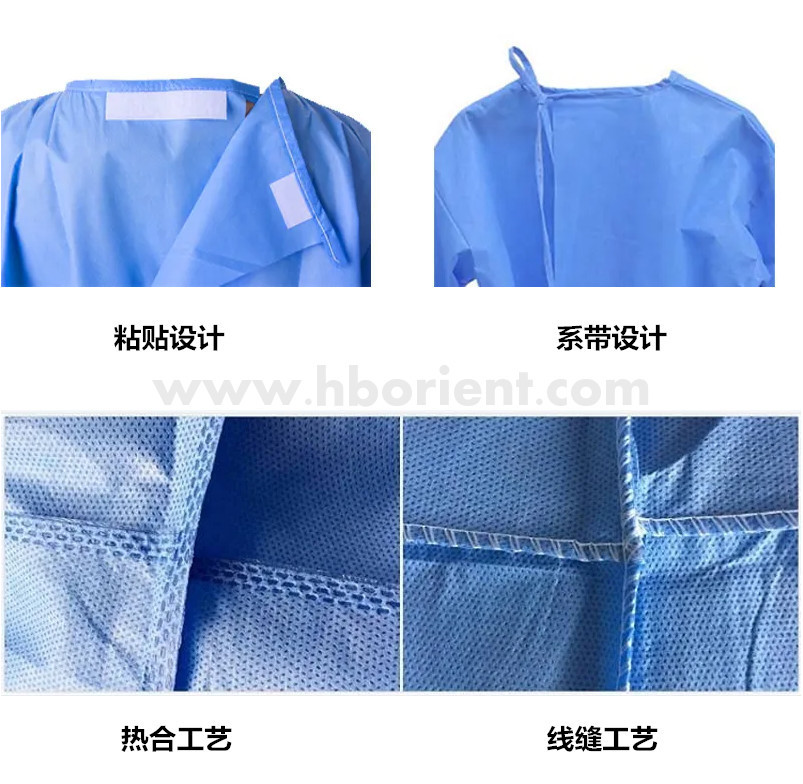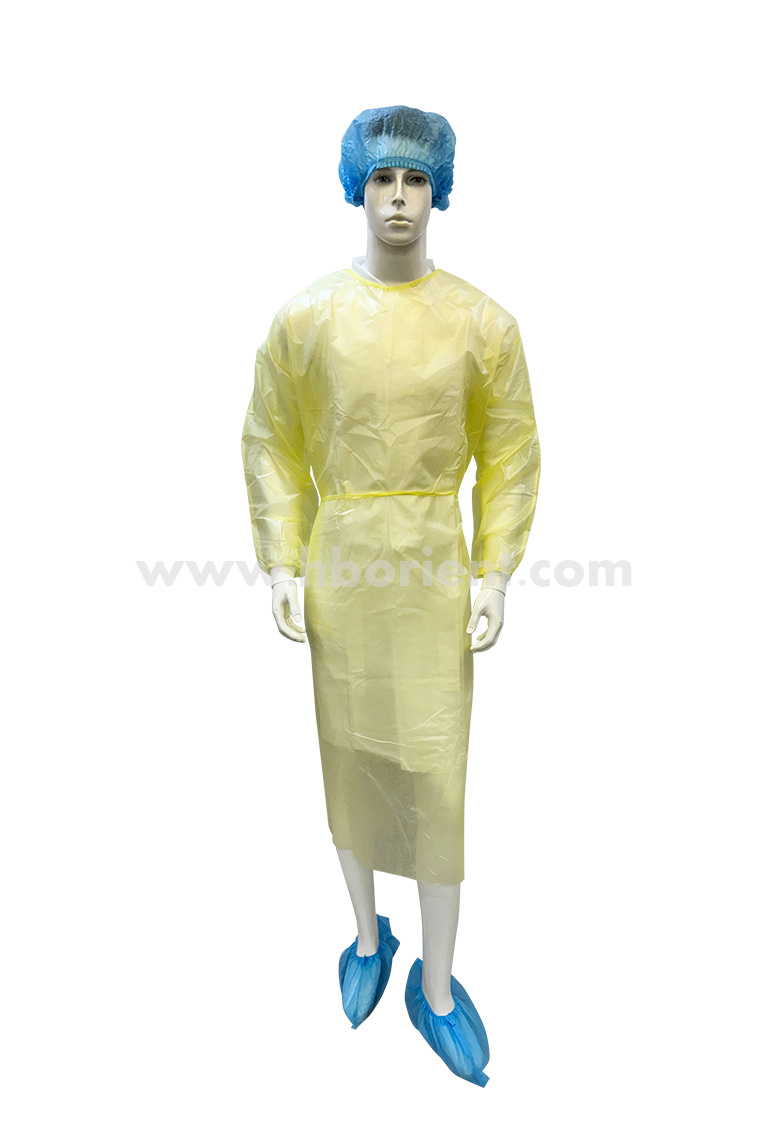Understanding the Standards Behind 510K Level 3 Surgical Gowns: A Comprehensive Guide
2025-06-20
Understanding the Standards Behind 510K Level 3 Surgical Gowns
Table of Contents
- 1. Introduction to 510K Level 3 Surgical Gowns
- 2. Importance of Surgical Gowns in Healthcare
- 3. Regulatory Framework of 510K Submissions
- 4. Key Criteria for Level 3 Surgical Gowns
- 5. Testing Methods for Compliance
- 6. Material Selection for Surgical Gowns
- 7. Common Questions Regarding Level 3 Gowns
- 8. Conclusion
1. Introduction to 510K Level 3 Surgical Gowns
In the healthcare industry, the safety and comfort of both patients and clinicians are paramount. **510K Level 3 Surgical Gowns** serve as critical protective gear in surgical settings, designed to shield against contamination and liquid penetration. Understanding the standards behind these gowns is essential for manufacturers, healthcare professionals, and regulatory bodies alike.
2. Importance of Surgical Gowns in Healthcare
Surgical gowns play a crucial role in maintaining a sterile environment during medical procedures. They are designed to prevent the transfer of pathogens, fluids, and debris, thereby protecting both the surgical team and patients from infection. The significance of **Level 3 surgical gowns** becomes clear when considering their applications in high-risk environments such as operating rooms, where the risk of infection is heightened.
3. Regulatory Framework of 510K Submissions
The **510K submission process** is a premarket notification to the FDA, indicating that a medical device is safe and effective. This regulatory framework applies to surgical gowns, which must meet specific performance standards. The FDA categorizes gowns as Class II devices, necessitating compliance with performance requirements outlined in ASTM and ISO standards.
3.1 Understanding the 510K Process
When a manufacturer submits a 510K application, they must demonstrate that their product is substantially equivalent to a legally marketed device. This includes providing evidence of safety, manufacturing processes, and performance data.
4. Key Criteria for Level 3 Surgical Gowns
Level 3 surgical gowns are designed to provide a moderate barrier to fluids and microorganisms. The key criteria for these gowns include:
- Fluid Resistance: Gowns must pass testing to demonstrate resistance to liquid penetration.
- Microbial Barrier: They must provide an effective barrier to bacterial penetration.
- Durability: Gowns should withstand the rigors of surgical procedures without tearing or degrading.
- Comfort: The materials used must allow for breathability and comfort, essential for long procedures.
5. Testing Methods for Compliance
Compliance with the standards for Level 3 surgical gowns involves a series of rigorous testing methods. These tests are key to ensuring that the gowns perform adequately in real-world scenarios.
5.1 ASTM Testing Standards
The **ASTM F1671** standard tests for the resistance of materials used in protective clothing to the penetration of blood-borne pathogens. Level 3 gowns must meet this standard to be considered safe for surgical use.
5.2 AAMI Levels
The **Association for the Advancement of Medical Instrumentation (AAMI)** outlines specific requirements for surgical gowns. Level 3 gowns must provide protection against moderate levels of risk, as defined by AAMI PB70.
5.3 Other Relevant Tests
Additional tests may include tensile strength assessments, liquid barrier tests, and microbial barrier tests to ensure that gowns meet all safety and performance requirements.
6. Material Selection for Surgical Gowns
Choosing the right materials for Level 3 surgical gowns is crucial. The selected fabrics must offer both protection and comfort.
6.1 Common Materials Used
Common materials for surgical gowns include:
- Polyester: Offers durability and flexibility.
- Polypropylene: Lightweight and breathable, often used for single-use gowns.
- SMS Fabric: A combination of spunbond and meltblown polypropylene, providing effective liquid and microbial barriers.
6.2 Importance of Material Properties
The properties of the materials directly impact the gown's performance. Factors like breathability, fluid resistance, and strength must be considered to ensure that the gown provides adequate protection without compromising comfort.
7. Common Questions Regarding Level 3 Gowns
7.1 What is the difference between Level 1, 2, and 3 surgical gowns?
Level 1 gowns provide minimal protection, suitable for routine procedures. Level 2 gowns offer barrier protection against low-risk fluids, while Level 3 gowns are designed for moderate risk, providing a higher level of protection against blood and bodily fluids.
7.2 Are Level 3 surgical gowns reusable?
While some Level 3 gowns are reusable, many are designed for single-use to ensure maximum hygienic safety. Manufacturers must clearly indicate whether their gowns are reusable or disposable.
7.3 How do I choose the right surgical gown for my needs?
Assess your specific needs based on the type of procedure, the level of risk, and the gown's material properties. Always refer to the manufacturer's specifications and guidelines.
7.4 Can Level 3 gowns be used in all surgical procedures?
Level 3 gowns are suitable for a variety of surgical procedures but are best used in environments where there is a moderate risk of exposure to blood and bodily fluids.
7.5 What should I look for when purchasing surgical gowns?
When purchasing surgical gowns, consider the ASTM testing certifications, material properties, comfort features, and the manufacturer's reputation for quality.
8. Conclusion
Understanding the standards behind **510K Level 3 Surgical Gowns** is vital for ensuring safety and efficacy in surgical environments. These gowns must meet stringent regulatory requirements, undergo rigorous testing, and be constructed from appropriate materials to provide the necessary protection. As the demand for high-quality surgical gowns continues to rise, staying informed about these standards will empower healthcare professionals to choose the best protective gear for their needs, ultimately promoting better patient outcomes and minimizing risks in surgical settings.
Latest News


Quick Navigation
Ammex-Weida(Hubei) Health and Safety Products Co.,Ltd (Chinese Version)
Contact Us
5F,BLDG No.8,SOHO Town,CBD,Huaihai Road,Jianghan District,Wuhan,Hubei,China
Copyright © Hubei Orient International Trading Corporation






